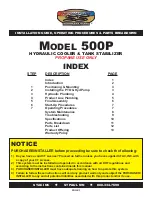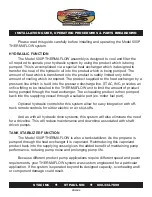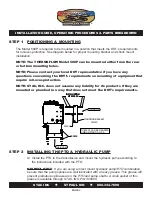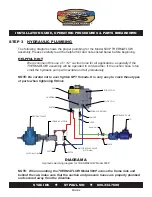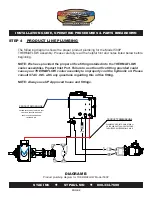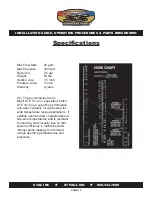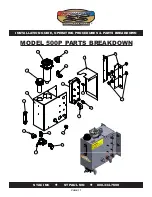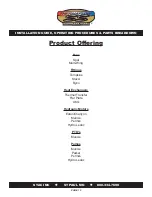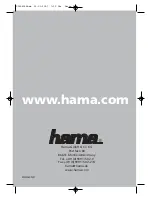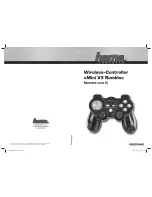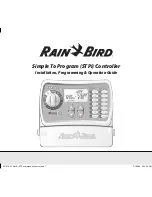
Troubleshooting
Safety First!
Think about it before you do it. Our systems use controlled fluid pressure and converts it to rotational
movement. This means that the system pressure operates around 2000 psi. A pin hole leak of fluid at this
pressure can be dangerous. Use caution when loosening fittings, system pressure can be maintained for a
period of time after shutdown.
Troubleshooting
Always inspect the things easiest to eliminate first. Look for faulty linkage or wiring that controls the PTO,
pump or motor. Look at the fluid level and appearance of the oil. Check temperatures and pressures.
Excessive Heat:
Clean air passages through heat exchanger.
Check fan operation.
Check setting of relief valve.
Check temperature of suction line vs outlet line temperature. If the outlet temperature is noticeably hotter,
the pump is cavitating.
Check for contamination in relief valve. Clean and replace.
Check for added flow controls. If a flow control has been added to the system, excess heat can be
generated by the added restriction to flow.
Loss of Motor Speed:
Check oil level.
Ensure recommended engine idle speed is maintained.
Check output pressure of the pump. If system pressure cannot be maintained, attempt to adjust the relief
valve setting to max system pressure. If this does not make a noticeable change, make sure to return relief
setting to original position and bring the pump and motor to a hydraulic specialist for bench testing and
possible replacement.
Excessive Noise:
Check oil level. Fill to proper level.
Ensure use of recommended oil type and weight.
Ensure suction line to pump is at least 1 1/2”.
Ensure there is no restriction in suction line.
Oil Discoloration:
Ensure suction line connections are tight.
Ensure oil is free from water and contaminants. Drain and refill with recommended oil and replace filter.
Ensure use of recommended oil type and weight.
INSTALLATION GUIDE, OPERATING PROCEDURES & PARTS BREAKDOWN
PAGE 9
STAC INC
ST PAUL MN
800-334-7699
®


